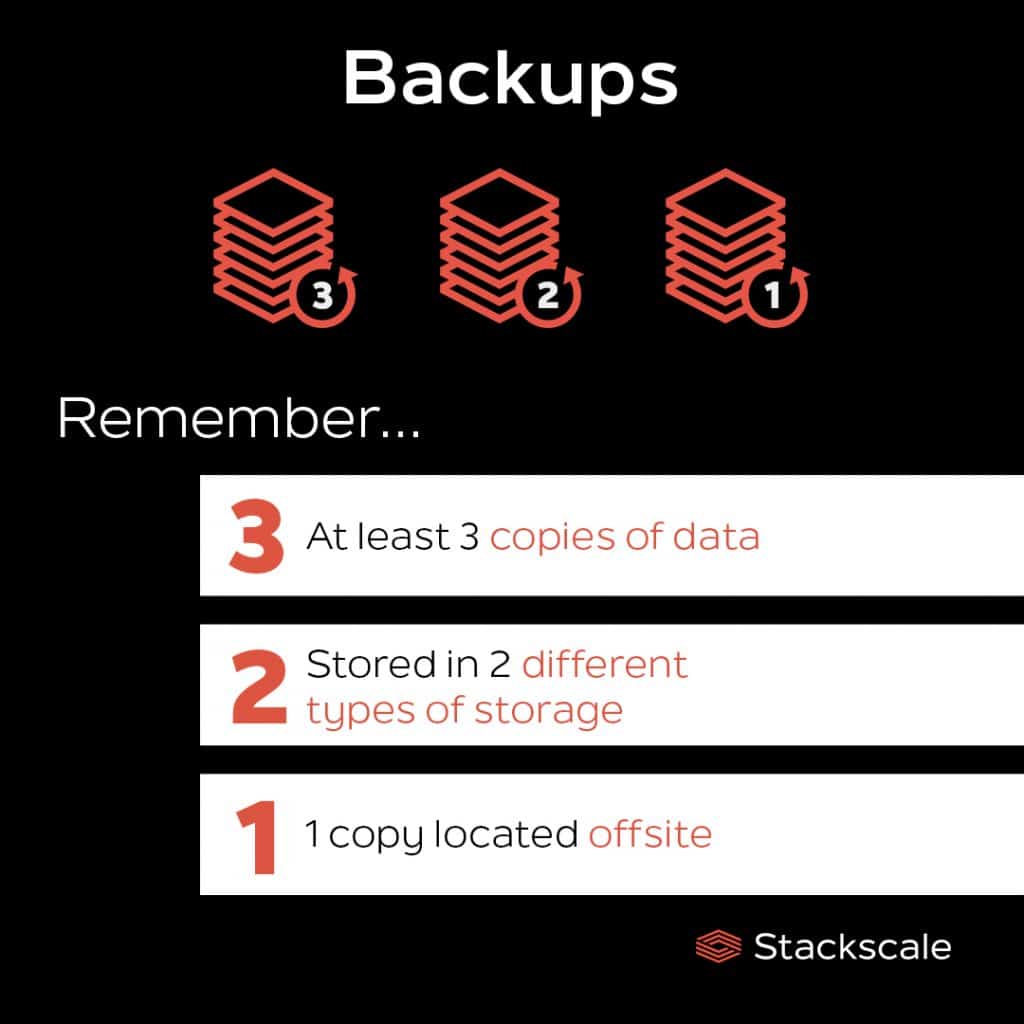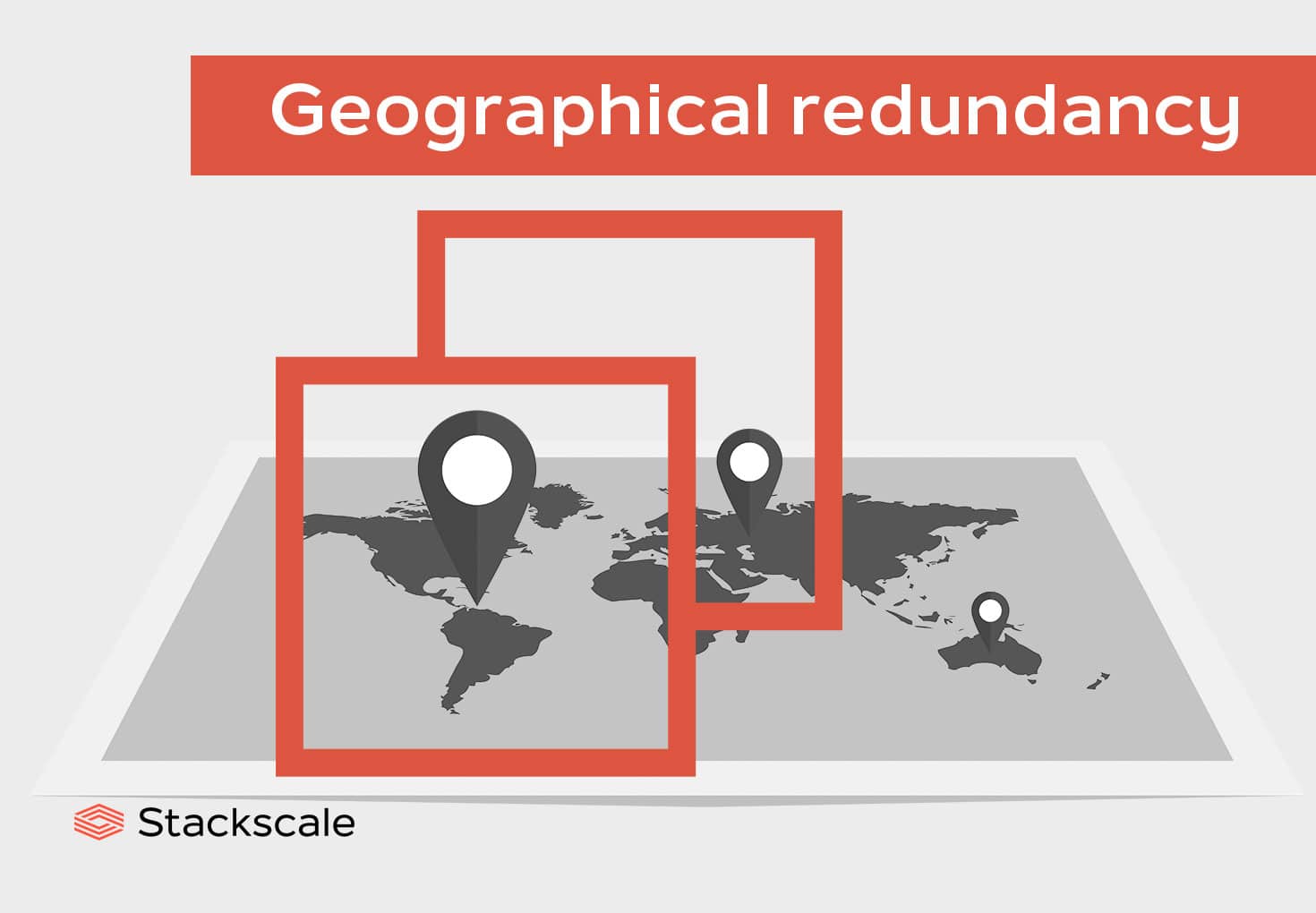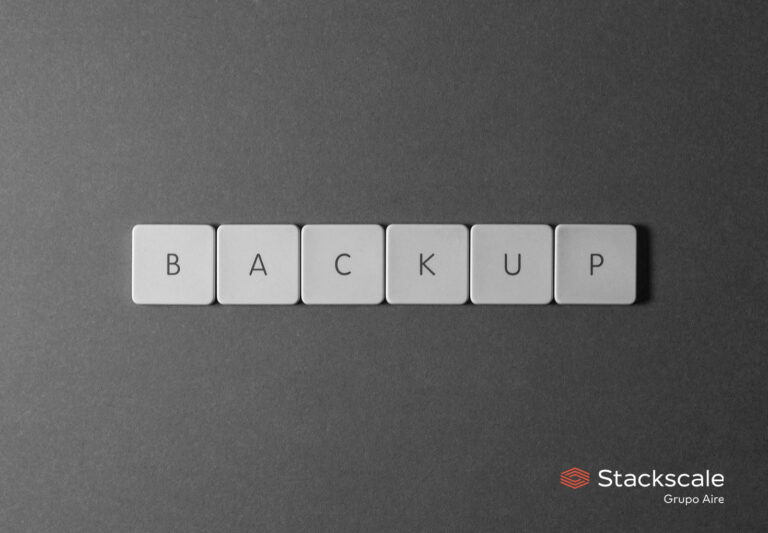Georedundancy or geographical redundancy allows companies to increase availability, resilience and fault tolerance. Relying on geographically distributed data centers contributes to building a stronger business continuity strategy. It is also referred to as “geo-replication” or “geographical replication”.
What is georedundancy?
Georedundancy consists in replicating data and IT infrastructure in multiple remote data centers. Its goal is protecting data and minimizing downtime in order to guarantee normal business activity in case of an unplanned service disruption. Therefore, it is especially relevant when talking about mission-critical servers, data and applications.
By geographically replicating IT infrastructure and data, organizations can easily failover applications and workloads to a secondary location in case of failure in the primary data center. This way, they achieve business continuity and a minimal impact on the service. Once the incident is solved, services can fail back to the primary location.
The disruption of mission-critical services can have a huge impact on businesses, from reducing productivity to negatively affecting customer satisfaction. That is why georedundancy between data centers has become a requirement for many organizations. Moreover, it can also be useful for balancing workloads during traffic spikes, boosting performance.
Difference between redundancy and backups
Both redundancy and backups are an important part of business continuity and disaster recovery planning. They allow businesses to go back to normal operations as fast as possible in case of disaster, outage or any other serious event.
On the one hand, backups are vital to protect mission critical data and applications. By creating copies, data can be easily restored in case of disaster or data loss to keep a business operational.
On the other hand, deploying a redundant IT infrastructure enables protection against any incident affecting the primary site. It goes beyond backups, ensuring the continuity of other resources such as power, storage or networking. For instance, relying on data centers providing at least N+1 UPS redundancy is essential to protect servers and other IT equipment. Redundancy, as well as HA and DR solutions, allows to improve — or even reduce to zero — the service’s recovery time objective (RTO).
Backups georedundancy
Redundancy and backups are actually closely related. For further data durability and resilience, it is recommended to use the “3-2-1” backups rule, which involves storing at least one backup in a remote location, different to the company’s main systems.

In case of failure, backups are ready for recovery in a different geographic location, with minimal downtime and data loss.
At Stackscale, Flash Premium, Hybrid Plus and Hybrid network storage volumes are fully geo-replicated by default in another datacenter within our network.
Difference between georedundancy and High-Availability
On the one hand, georedundancy means having additional resources in a secondary data center that are ready to assume the primary site’s workloads in case of an incident. It provides a certain level of Fault Tolerance (FT).
On the other hand, High-Availability (HA) means having resources available for use at all times and regardless of any incident. So, geo-redundancy can be one of the mechanisms used to achieve HA.





